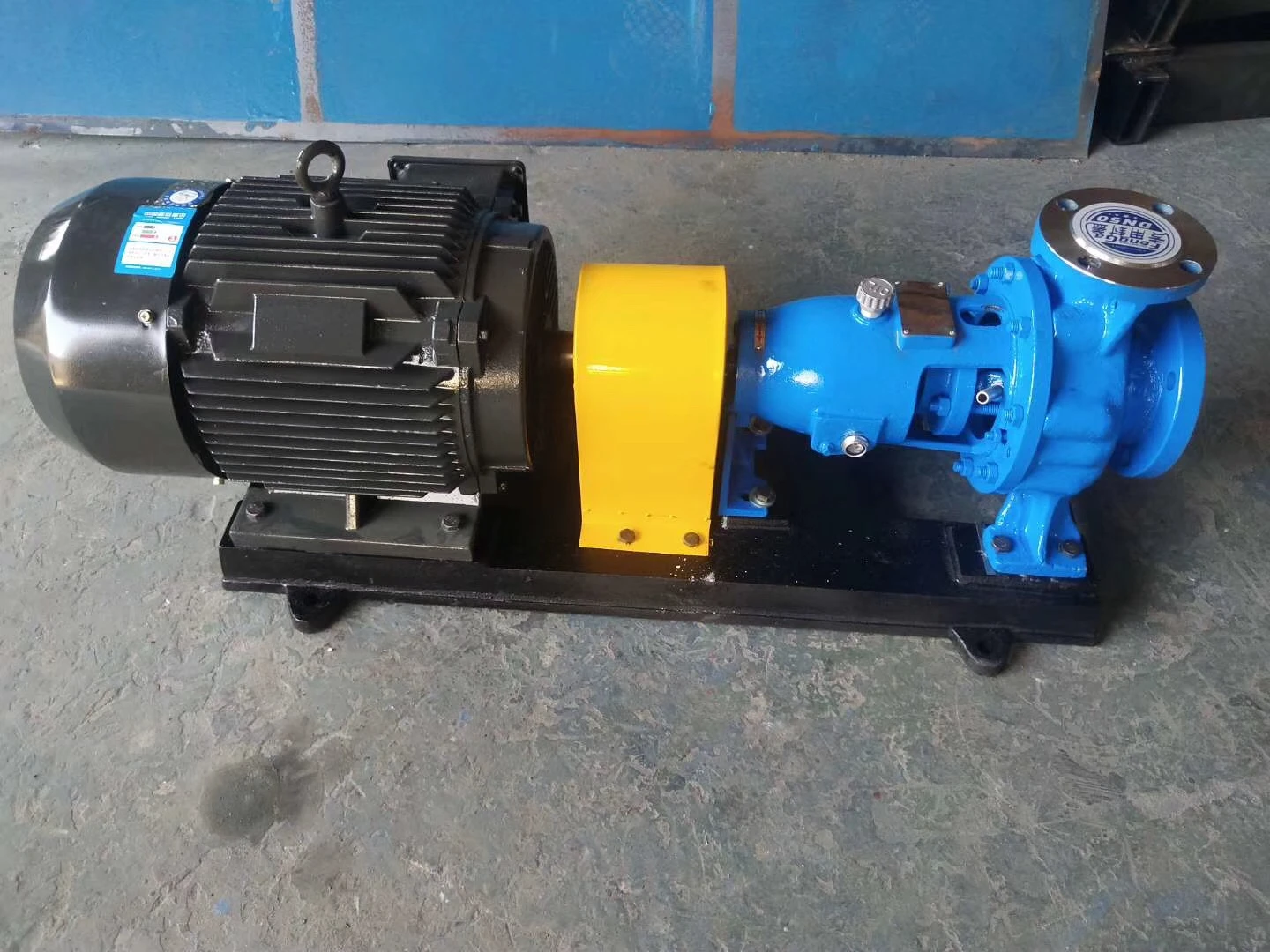English
- Afrikaans
- Albanian
- Amharic
- Arabic
- Armenian
- Azerbaijani
- Basque
- Belarusian
- Bengali
- Bosnian
- Bulgarian
- Catalan
- Cebuano
- Corsican
- Croatian
- Czech
- Danish
- Dutch
- English
- Esperanto
- Estonian
- Finnish
- French
- Frisian
- Galician
- Georgian
- German
- Greek
- Gujarati
- Haitian Creole
- hausa
- hawaiian
- Hebrew
- Hindi
- Miao
- Hungarian
- Icelandic
- igbo
- Indonesian
- irish
- Italian
- Japanese
- Javanese
- Kannada
- kazakh
- Khmer
- Rwandese
- Korean
- Kurdish
- Kyrgyz
- Lao
- Latin
- Latvian
- Lithuanian
- Luxembourgish
- Macedonian
- Malgashi
- Malay
- Malayalam
- Maltese
- Maori
- Marathi
- Mongolian
- Myanmar
- Nepali
- Norwegian
- Norwegian
- Occitan
- Pashto
- Persian
- Polish
- Portuguese
- Punjabi
- Romanian
- Russian
- Samoan
- Scottish Gaelic
- Serbian
- Sesotho
- Shona
- Sindhi
- Sinhala
- Slovak
- Slovenian
- Somali
- Spanish
- Sundanese
- Swahili
- Swedish
- Tagalog
- Tajik
- Tamil
- Tatar
- Telugu
- Thai
- Turkish
- Turkmen
- Ukrainian
- Urdu
- Uighur
- Uzbek
- Vietnamese
- Welsh
- Bantu
- Yiddish
- Yoruba
- Zulu
Telephone: +86 13120555503
Email: frank@cypump.com
Nov . 05, 2024 05:02 Back to list
slurry pump working principle
Understanding the Working Principle of Slurry Pumps
Slurry pumps are essential equipment in various industries where the transportation of abrasive, corrosive, or viscous mixtures of liquid and solid materials is required. These pumps play a crucial role in mining, coal handling, wastewater treatment, and construction, among other applications. To appreciate their significance, it is essential to understand their working principle, components, and operational mechanisms.
What is a Slurry Pump?
A slurry pump is designed to transport a mixture of liquid and solid particles, commonly referred to as slurry. This mixture can vary in composition, density, and viscosity, necessitating specific pump designs to handle the distinct challenges posed by these characteristics. Slurry pumps differ from standard water pumps due to their capacity to handle more abrasive materials and higher concentrations of solids.
Working Principle
The working principle of slurry pumps revolves around the mechanics of fluid dynamics and hydraulics. The primary goal is to move slurry from one location to another, which entails converting the energy supplied by the pump into kinetic energy that pushes the slurry through the piping system.
1. Suction Phase The process begins with the pump’s suction phase. Slurry enters the pump through an inlet pipe. The pump impeller, which is a rotating component with blades, creates a low-pressure zone that draws the slurry into the pump. This suction effect is generated by the rotation of the impeller, which utilizes centrifugal force. As the impeller spins, it pushes the liquid outward, creating a vacuum that pulls the slurry into the pump.
2. Impelling Action Once inside the pump, the slurry encounters the impeller and is subjected to its rotational action. The impeller blades impart energy to the slurry, increasing its velocity and pressure. The design of the impeller is critical; it must be robust enough to handle abrasive particles while maintaining efficient fluid flow. The geometric shape and angle of the blades are optimized to enhance the impelling effect while minimizing wear and tear.
slurry pump working principle

3. Discharge Phase After the slurry has been accelerated, it moves toward the pump's discharge outlet. This transfer occurs through the pump casing, which is specifically engineered to reduce turbulence and improve efficiency. As the slurry exits the pump, its kinetic energy is converted back into pressure energy, allowing it to travel through the discharge piping system toward its destination.
4. Centrifugal Force The fundamental mechanism at play is centrifugal force, which not only helps in moving the slurry but also provides the necessary pressure to overcome the resistance of the piping and additional static head. The pump's design ensures that this force is applied uniformly across the slurry, thereby preventing the sedimentation of solid particles and allowing for a smooth flow.
Key Components
Several key components contribute to the effective operation of a slurry pump
- Impeller This is the heart of the pump, responsible for imparting energy to the slurry. - Casing The outer shell that contains the impeller and directs the flow of slurry. - Suction and Discharge Pipes These pipelines facilitate the entry and exit of slurry into and out of the pump. - Bearings These support the rotating shaft and reduce friction during operation. - Seals Essential for preventing leakage and ensuring efficient operation.
Conclusion
Slurry pumps are indispensable tools in various industries, engineered to handle challenging materials that standard pumps cannot manage effectively. By understanding the working principles of these pumps, including the roles of each component and the hydrodynamic processes involved, operators can make informed decisions about their maintenance and application. Proper usage and maintenance of slurry pumps ensure continuous, efficient operation, crucial for the success of operations reliant on the transport of slurry. As industries evolve and the demands for more efficient pumping solutions increase, slurry pumps will continue to play a vital role in optimizing material handling processes.
-
ISG Series Vertical Pipeline Pump - Chi Yuan Pumps | Advanced Engineering&Industrial Efficiency
NewsJul.30,2025
-
ISG Series Pipeline Pump - Chi Yuan Pumps | High Efficiency, Energy Saving
NewsJul.30,2025
-
ISG Series Vertical Pipeline Pump-Chi Yuan Pumps|High Efficiency&Reliable Performance
NewsJul.29,2025
-
ISG Series Vertical Pipeline Pump|High Efficiency&Low Noise
NewsJul.29,2025
-
ISG Series Vertical Pipeline Pump - Chi Yuan Pumps Co., LTD.|High Efficiency, Energy Conservation, Low Noise
NewsJul.29,2025
-
ISG Series Vertical Pipeline Pump-Chi Yuan Pumps Co., LTD.|High Efficiency&Energy-Saving
NewsJul.29,2025










